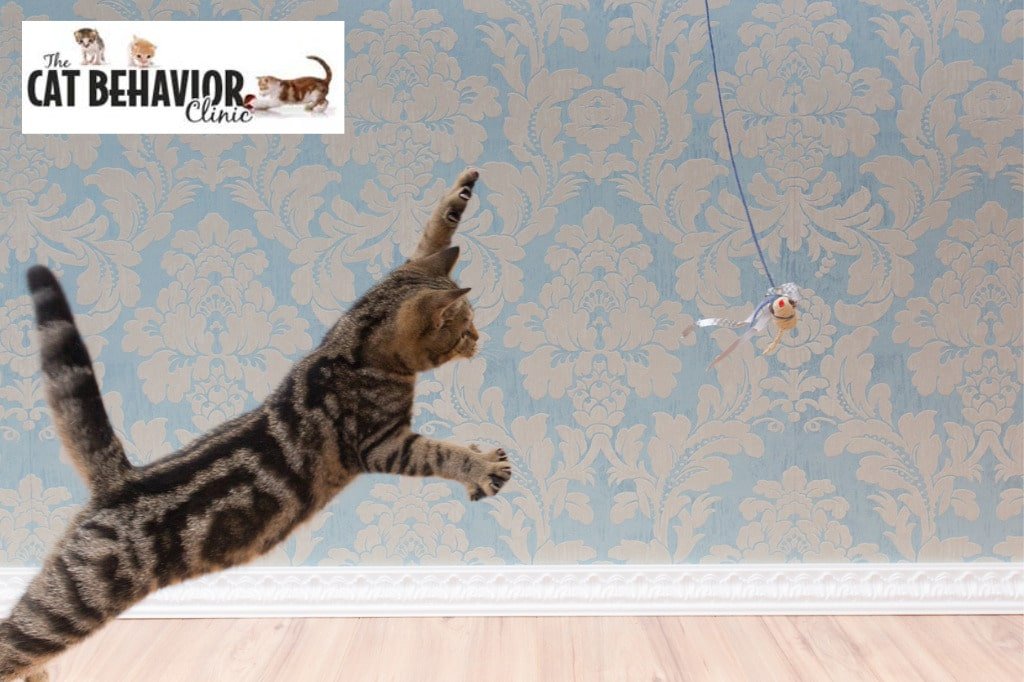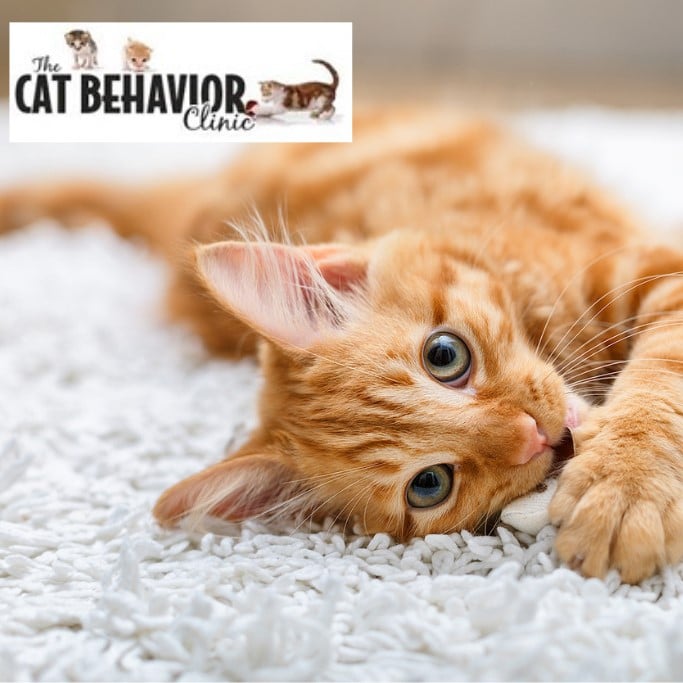How do I understand my cat’s behavior?
Table of Contents
Section 1: Reasons Behind Common Cat Behaviors
Section 2: Deciphering Cat Communication Cues
Introduction
Have you ever found yourself perplexed by your feline friend’s unpredictable behavior? Perhaps you’ve wondered why your cat suddenly zooms around the house at midnight or why it kneads your lap like a tiny bread baker. Cats are fascinating creatures, and understanding their behavior can deepen the bond you share with them.

In today’s pet-loving world, cats have become an integral part of our lives, with over 94 million pet cats in the United States alone. As a passionate cat lover and a Certified Cat Behaviorist™, I’ve delved into the intricate world of feline behavior for more than 25 years. In this blog, we’ll explore the enigmatic realm of cats, deciphering their actions and reaction together as I help to unravel the mysteries of cat behavior, providing insights into their unique characteristics and helping you better understand your feline companion. We will cover three essential subtopics: the reasons behind common cat behaviors, communication cues, and tips for fostering a healthy bond with your cat.
Q: How do I understand my cat’s behavior?
A: This blog explores the reasons behind common behaviors, the language of cat communication, and tips for building a strong bond with your pet.
Section 1: Reasons Behind Common Cat Behaviors
Cats exhibit a range of behaviors that can sometimes leave us baffled. In this section, we’ll explore some of the most common feline antics and dig into the reasons behind them.
- Pouncing and Playfulness: Cats have an innate hunting instinct, and pouncing on moving objects is a way to fulfill this primal urge. Play is essential for keeping cats mentally and physically engaged. Not only is it entertaining, but it also offers numerous benefits for your feline friend. Physically, play helps cats maintain a healthy weight and improves their agility. It’s an excellent way to exercise their muscles and keep them in shape. Mentally, play stimulates their cognitive abilities. Whether it’s chasing a feather toy or solving a puzzle feeder, playtime challenges their problem-solving skills and keeps their minds sharp. Play also reduces stress and anxiety, providing an outlet for their natural hunting instincts.
- Kneading: Ever wondered why your cat kneads your lap or a soft blanket? This behavior traces back to kittenhood, and it’s a sign of comfort and relaxation. This rhythmic motion involves cats pushing their paws in and out against a soft surface, like your lap or a cozy blanket. Kneading is more than just a cute feline quirk; it’s a deeply ingrained instinct from kittenhood. It’s associated with feelings of contentment, relaxation, and security. The gentle pressure of their paws mimics the comfort they experienced when nursing from their mother.
- Scratching: Cats scratch to mark their territory, sharpen their claws, and stretch their bodies. There are, however, ways to redirect their behavior and safeguard your belongings. You can provide scratching posts. I recommend placing them near your cat’s favorite furniture targets to entice them. Other ideas include use of cat-friendly furniture covers; deterrents such as double-sided tape or a cat-friendly anti-scratch spray on furniture; regular nail trimmings; and, of course, positive reinforcement with use treats and praise to reward positive behavior. By implementing these strategies, you can enjoy a scratch-free home without compromising your feline friend’s need to scratch.
Understanding these common behaviors is the first step in building a strong connection with your feline companion. By recognizing their instincts and needs, you can provide a more enriching environment for your cat.
Section 2: Deciphering Cat Communication Cues
Cats communicate not only through meows but also with their body language, and decoding these cues can lead to a more harmonious relationship with your pet. In this section, we’ll explore the subtle art of cat communication.
1. Tail Language: A cat’s tail position can reveal a lot about their mood. Read my blog about Tail Talk for the meanings behind different tail positions, from an upright, puffed tail to a relaxed and twitching tail.
2. Whiskers: The whiskers of a cat are like radar, helping them navigate their surroundings and gauge the space around them. These delicate sensory tools serve as an emotional barometer, helping you decode your feline friend’s feelings. When your cat’s whiskers are relaxed and pointing forward, they’re content and at ease. However, if those whiskers suddenly shoot forward and tense up, it could indicate curiosity or excitement. Conversely, whiskers pulled back against the face might signal fear or aggression. Observing your cat’s whisker positions in various situations can provide valuable insights into their emotional state, helping you connect on a deeper level with your furry companion.
3. Purring: While purring is often associated with contentment, it can also signify pain or discomfort. Read my blog on cat noises and how they communicate with us here.
By paying attention to your cat’s non-verbal cues, you can better understand their emotions and needs. This can lead to improved interaction and a stronger bond with your feline friend.
Section 3: Fostering a Healthy Bond with Your Cat
Cats are known for their independent nature, but they also seek companionship and affection. Practical tips for nurturing a strong and loving relationship with your cat include:

1. Respect Their Space: Cats need their personal space. It’s important to give your cat room to roam and recharge in solitude.
2. Interactive Play: Engaging in interactive play sessions can help strengthen the bond between you and your cat.
3. Grooming and Affection: Brushing and petting your cat not only keeps their coat healthy but also reinforces the human-feline bond.
Fostering a healthy bond with your cat involves patience, respect, and a willingness to understand their unique needs and preferences. By following these tips, you can create a warm and loving environment for your feline companion.
Conclusion
Understanding cat behavior is an ongoing journey. This blog has explored the reasons behind common behaviors, the language of cat communication, and tips for building a strong bond with your pet. Cats are complex creatures, and by delving into their world, we can enrich our relationship with them.


